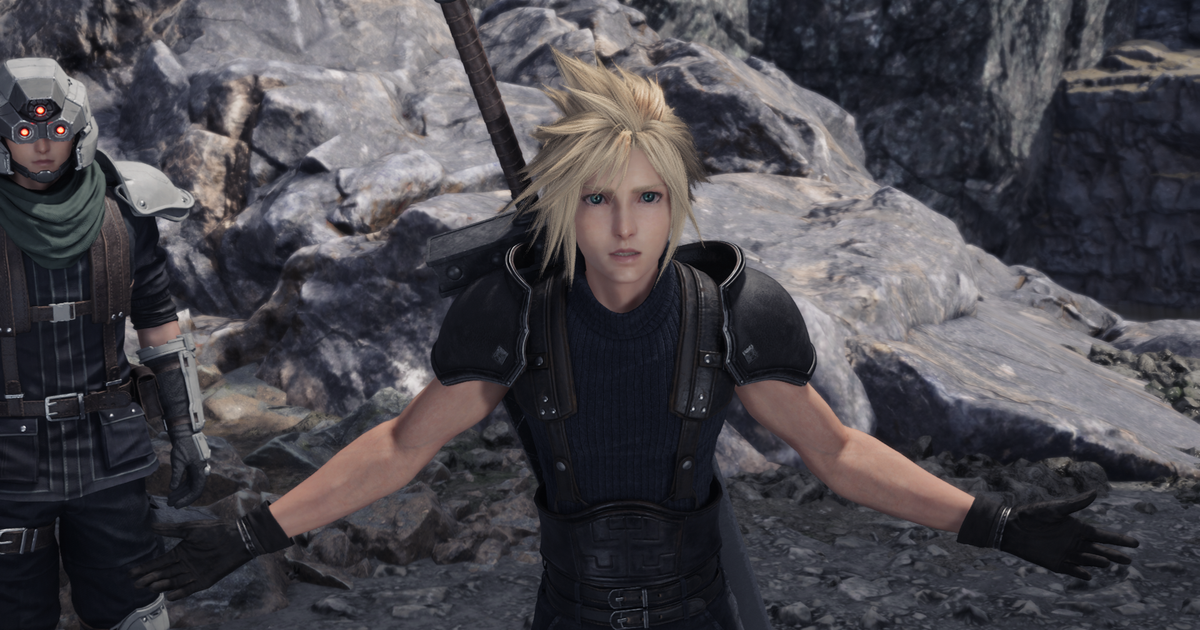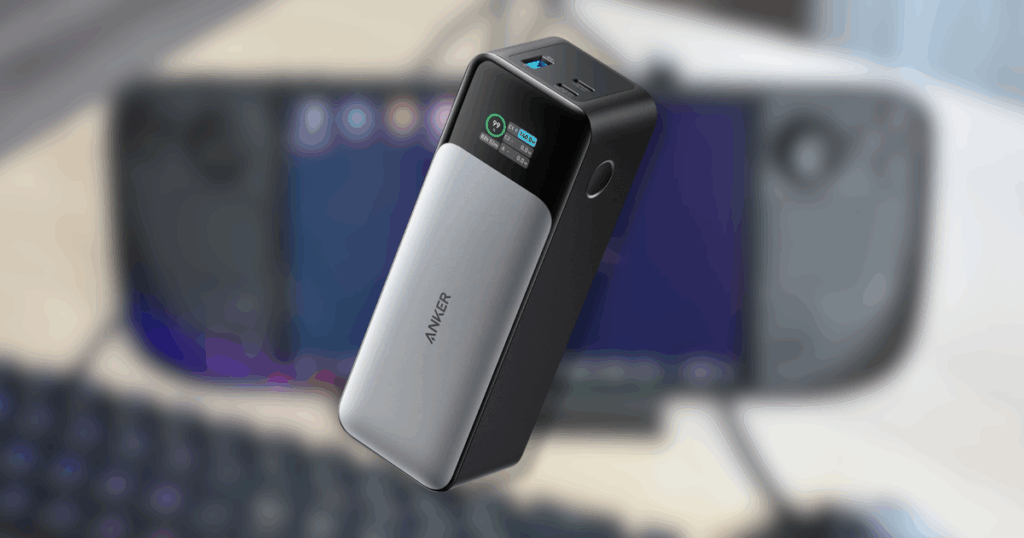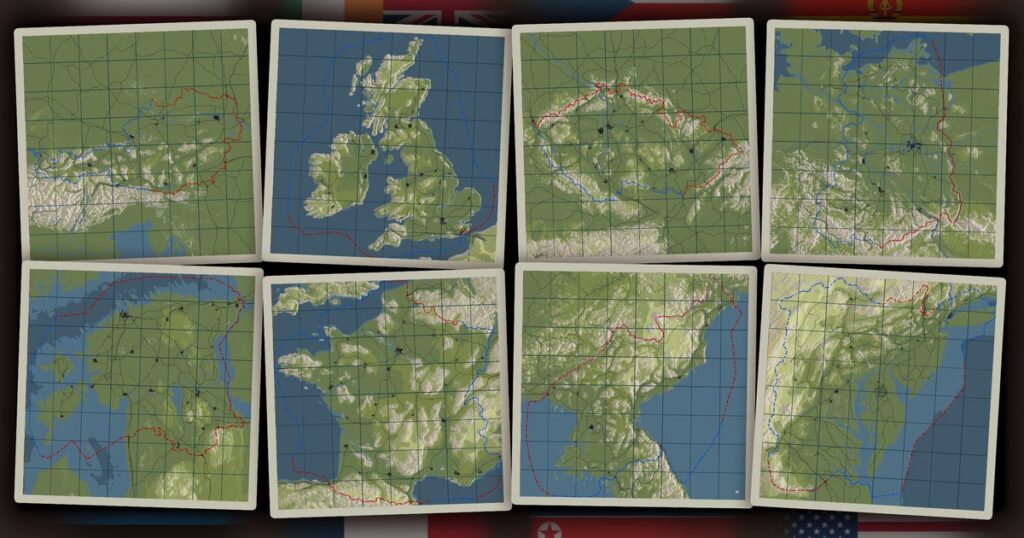Instructions for performance and installation for a PC Ropey port of a Final Fantasy game? Sweet, I did not do one of these for four months. Fair with Final Fantasy 7 regenerated, which NIC said could be a great game, it created some Effort to resolve into the window. It has M+K controls that can be refunded. It has DLSS. It usually has more suitable frames than FFXVI, can prey with smooth images before grabbing your head and stuff it into the cold ice tub of the 30fps.
However, it also backed up from that game on its supported technology, while improving its hardware requirements on Final Fantasy 7 redo but it would not even start running on many old graphics cards. Even so, the issues of Jiang and Microstutter from FF7 Remake again, along with many other signs that this PC version does not receive love that many of the previous PlayStation – such as Horizon banned Western or God of War Ragnarök – made their ports.
… Your mind, at least it does not need PSN account.
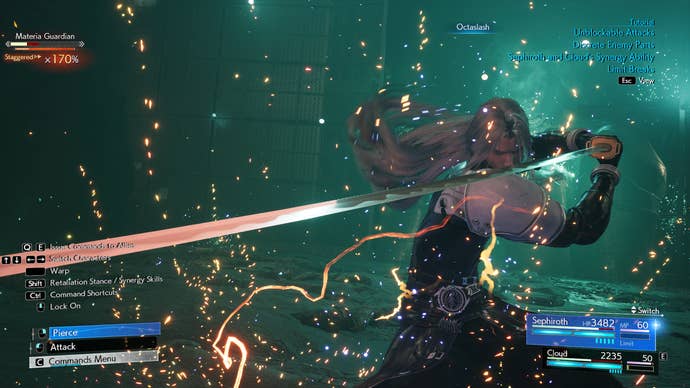
Request Final Fantasy 7 regeneration system and PC performance
Obviously, FF7 Rebirth is another Gigantogame SSD-Hogwogame, although for some greater concerns will be minimum GPU specifications. Although there is no Radeon, RX 6600, ARC A580 or RTX 2060 are high -end cards, the emphasis of the official list on meeting at least these specific generations of hardware shows abnormal noise.

The Internet tells me – the game is definitely no – that this requirement is due to the use of mesh shader, the same computing procedure that makes Alan Wake 2 unable to play in the Se -Ri GTX 10. Certainly, even my GTX 1080 Ti cannot open FF7 Rebirth, not to mention running it (although the search shows there is a help MOD).
At least, there is hope for a more modern kit that is not completely suitable for the minimum. For example, the Radeon RX 6500 XT has been managed with a remarkable 46fps on low settings at 1080p, despite being supported by TAAU Upscaling. And my thin MSI GF63 gaming laptop, only RTX 4050 and 8GB of RAM system, can be on average 55fps at 1080p/low with DLSS.
Talking about upgrades, it is not executed, but it is defaulted and performed relatively awkward. Unlike in most games, you don’t choose Upscaler and choose its quality mode. Instead, it depends on the low level you set the minimum dynamic resolution ratio; This is later acting as the output resolution that high -end levels from. Suppose if you are playing on the 2560×1440 screen and set the minimum dynamic rez value to 50% – it will display at 1920×1080 and high -end up to 1440p, creating a slightly lower image quality than when you choose 66%. Or 100%, basically forced indigenous resolution.
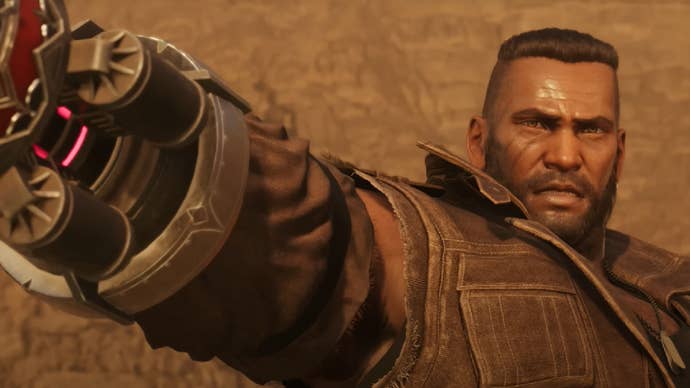
This is not the most elegant labeled system, but alas, it is a rebirth of the existing FF7. The actual upgrade options are also limited to DLS and TAAU, so there is no FSR or Xoss (has just been updated to the impressive Xoss 2) for the GPU AMD or Intel owner. It also became worse for the next part, because the game seemed to have a common disagreement for the Arc GPU. I tried the new ARC B580 at 1080p and while it was on average 72fps of high quality (with TAAu placed to 50%), it was also suffered from a series of problems that never appear on other cards: geometric blinking, refusal structure and even a black screen maintained.
Rival NVIDIA of B580, RTX 4060, avoided all of this while the average management is higher than 81fps (with DLS over 50%). But I still see a lot of too much on this GPU, as well as on its old brother, RTX 3070. This old model has proven enough to handle 1440p, in which it produces 68fps with DLSS over 66%, although some reasons have been affected to all the most geore cards I have tried.
This joy even appears, if less often, on the interesting GPU like RTX 4070 Ti. On the other hand, this is a reasonable measure for both Fast 1440P and Good 4K, reaching 94fps and 68fps corresponding to high settings at DLS at 66%. 4K seems to be good scale, with RTX 4090 pumped out 114fps on the same settings.
However, do not expect more than that, regardless of your hardware. Once again for a Final Fantasy game on PC, Rebirth comes with 120fps and the frame speed is not unlocked is not the only thing to join FSR in the non -supportive pile. Ultrasonic resolution? Are not. The cursor in the menu? Are not. Subtitles can change again? Hopefully you like words with TV sizes fill the entire lower part of your screen whenever someone on the road, otherwise you will need to turn them off completely.
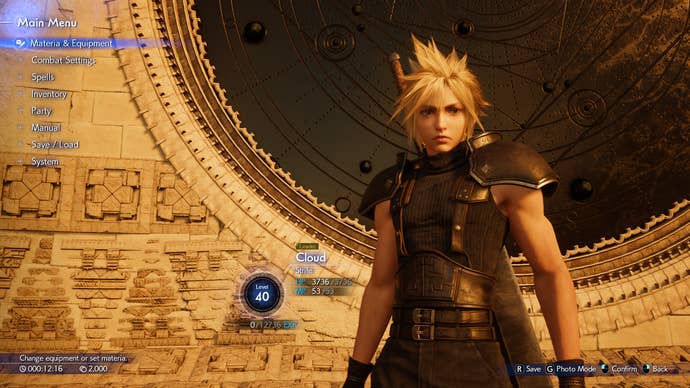
After that, there were things just … strange. For example, when I booted FF7, it defaulted was 1920×1080, although running on 4K screen and installing the resolution was blurred, so I could not change it. The only solution is to switch to Wotthered mode, set my actual original resolution, then return to the entire screen without boundary. Why do this! It’s strange! I was also hindered by the temporary pause screen itself, which could not be opened immediately because it needs to download in a completely 3D mini reality for your boy’s cloud to create and seem to use your own serrated/anti -serrated settings regardless of what you choose.
It is also strange, but in a more pleasant way, because its high hardware requirements, FF7 Rebirth is just about the ability to play on the Steam floor. You will need significantly lower settings than even an affordable desktop platform that can escape, but live with that and you should be over 30 frames per second outside the thickest detailed areas.

Best installation instructions Final Fantasy 7
For Steam floor, low pre -installation seems to be a way to go, although quality loss settings will not be necessary for most PCs.
To find out what specific settings are worth cutting, and should stay, I struggled with each individual settings on RTX 4060. For reference, at 1080p on average 81fps, 103fps on the environment and 119fps at a low level, so we can see immediately.
Caption
Attribute
This is what I call the best installation for FF7 regeneration, based on my test:
- Framerate: 120fps or 60fps if you have a 60Hz screen
- Display synchronous technology: VRR
- Dynamic resolution (minimum): 66%
- Details of the background model: Medium
- Fog quality: Short
- Anti -change method: DLSS, or TAAA on GPU without RTX
- Everything else: Default booking high
As it happened, most of the individual quality settings-from the detailed character model to the structure and the ball resolution-do not help much efficiency when reduced, only 1FPS Apice to 81fps of High Preet. Only the details of the background model and the quality of fog make a big difference, and because both do not seem ugly on their medium and low settings, they are worth sacrificing to get an easy O -frame.
For upgrades, DLSS (as usual) has proved the most beautiful, allowed if you can. For others, TAAA is a feasible replacement. Either way, keeping the minimum output at 66% helps to increase the overall performance without completely increasing the sharpness, even at 1080p.
Sadly, there is not much can be done – at least from this purpose – about the stutter of FF7 or its final support for the features of PC Stapl. But you can accelerate everything in general, and that’s something.
